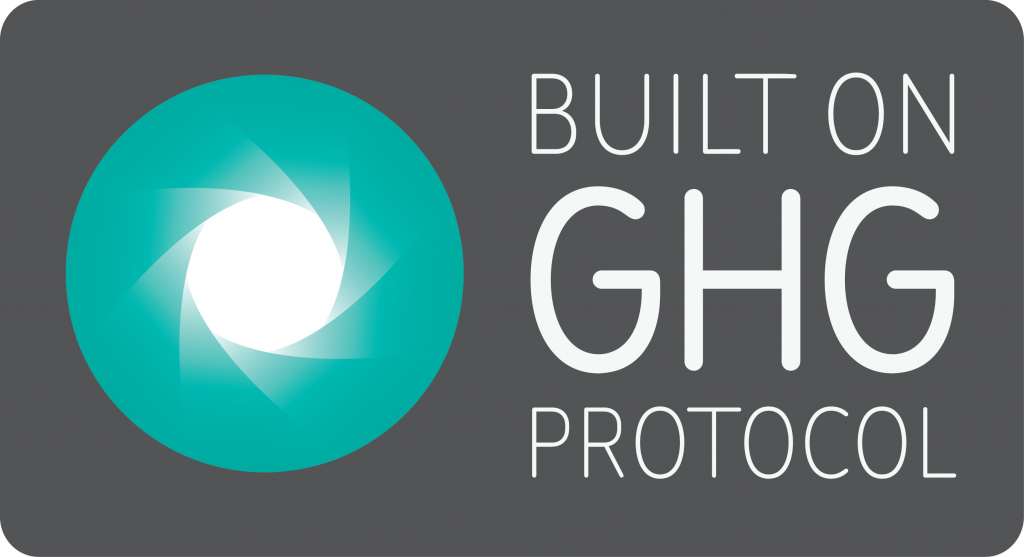The Greenhouse Gas Protocol (GHG) was developed in the late 1990s. It is meant to function as a global standard framework for measuring and managing greenhouse gas (GHG) emissions. The Protocol is a set of standards that creates a common language for reporting greenhouse gas emissions. In the future, its widespread use allows stakeholders to make informed decisions about climate risks, and it helps companies calculate their carbon footprint. Already, nearly 92% of Fortune 500 companies report using the standard. The overarching goal is to create a standardized framework for recording emissions and emission reduction projects. In contrast to older methods of recording carbon impacts, the new protocol also takes into consideration value and supply chains, as well as product disposal.
How will it work?
Despite its daunting name, the new set of standards mostly influences the terms and definitions used to communicate environmental data. During a company’s day-to-day activities, the GHG protocol will mostly manifest as a new standard of reporting. Currently, these standards will differ depending on what operational level is analyzed. So let’s investigate what reporting might look like.
1. The Product Standard
2. The Corporate Standard
A company following the GHG protocol will have to understand the carbon emissions of its products’ entire life cycle. This will involve an in-depth analysis of the supply chain, starting with raw materials and ending with the disposal. Decision-makers can use this data to find where the majority of their carbon emissions are coming from. It also allows climate scientists to understand industry-wide trends. In the long term, this information can be directly communicated to consumers through labels and other materials.
One of the main listed benefits of adopting the GHG protocol is the standardization of reporting methods, terminology, and other data. Companies, NGOs, and even governments will all be using the same mechanisms. In the long term, this will allow for better comparison of data, transparency, and consistency of emission reporting. The goal is to properly summarize all the information gathered while recording emissions. New strategies and insights can evolve from better data, helping a company to improve its environmental impact.
3. The Corporate Value Chain (Scope 3) Standard
4. The Project Protocol
The Scope 3 Standard was developed in 2011 to allow a company to measure the impact of its products post-sale. This includes disposal, packaging, and third-party shipping. Since the majority of actual emissions come from outside the “walls” of a company, Scope 3 offers decision-makers better data on what is the actual carbon footprint of an operation. To offset the organizational burden of overhauling reporting and accounting, Scope 3 comes with a guide and tools.
Companies that embrace the GHG protocol will have the opportunity to report their climate mitigation efforts. Projects involving sustainable energy, forestation, and land use have a separate reporting standard in the protocol. This ensures that a company has the incentive to offset its carbon emissions. It also helps protect a company from allegations of greenwashing. The GHG protocol provides an accepted, standardized method of reporting environmental data. In greenwashing cases, this data is valuable to show that a company actually has performed certain environmental actions.
Why is it important?
Organizational changes are always difficult, but companies should realize how valuable internationally accepted and standardized data can be. In greenwashing lawsuits, hard data has been a key piece of evidence for the defense. When the clothing company Allbirds found itself in a lawsuit over its statements regarding sustainable wool, its ESG data vindicated it. The judge ruled in favor of Allbirds because it could conclusively prove that it did not lie. During the trial, Allbird’s lawyers presented clear evidence of the companies sustainable wool supply chain. Data conforming to the GHG protocol would give a company a similar advantage. Decision makers would also benefit, as they would be able to work with more detailed information. Standardization can enhance inter-organizational synergies, as it eases communication. This is vital when dealing with highly complicated topics like carbon emissions.
How to start using the protocol
Companies should see the GHG protocol not as a new set of regulations, but as an opportunity to showcase their environmental efforts. If the changes appear daunting, it is worth exploring the variety of tools developed to help streamline reporting. Some examples include software that is designed around the protocol’s key metrics. The managing body of the GHG protocol also has a variety of tools and information about adopting the new methods. It offers free online training as well. A number of other environmental accounting services conform to GHG standards and can help a company adapt its own reporting methods.
Accounting tools that conform to the GHG protocol have a indicator like this:

What else should a company do?
Organizations can also turn to external sources for know-how and information. It is worth doing a comprehensive overview of how industry peers approach implementation. A variety of companies are already using GHG standards. Organizations can evaluate the case studies of others and build a plan from this analysis. Conferences and summits are a great way to do this. The Global Summit on Greenwashing Legal Risk Management & Compliance Strategies 2022 conference will be held in Brussels on November 8th. Networking and hearing case studies about how companies approach their environmental efforts and communication is a superb way to develop one’s own systems.
